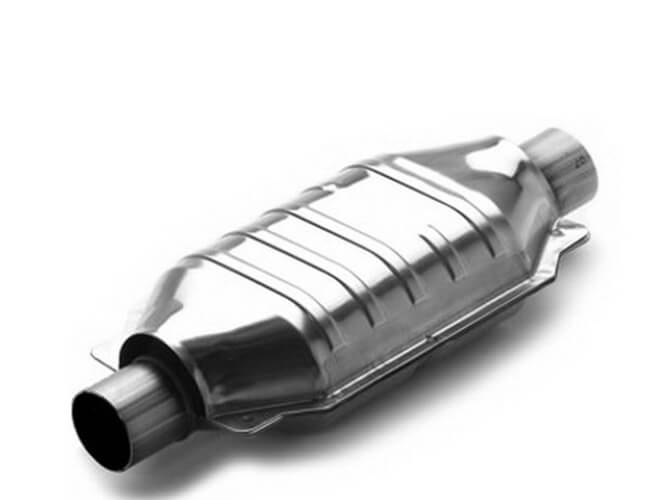

What is a ceramic catalytic converter and how is its value determined?
It is a converter with ceramic-based monolith – most often made of a mineral called cordierite. Over 90 percent of automotive catalytic converters worldwide are ceramic, thus making it our most common purchase material.
A ceramic catalytic converter is made by covering the honeycomb-like, porous ceramic monolith with oxide washcoat, which acts as support for the precious metal particles. These particles act as the active catalyst, yet typically only constitute about 1% - 2% by mass in the washcoat (not the whole converter!). The monolith is then installed into a steel case and becomes a part of the exhaust system. As for all catalytic converters, the large active surface area ensures efficiency, which is vital when high amounts of pollutants are to be converted in a fraction of a second.

When a ceramic converter is due to be recycled, it is firstly cut open and the ceramic monolith is removed and ground to fine powder. Then its elemental composition can be estimated using different methods of X-ray spectrometry before starting the actual recovery of the metals. Whereas it is not compulsory to start the process of recycling by grinding, it is the best method for determining the value of the converter in advance of chemical recovery and allows converters to be bought without long delays.

